20 Wild Edible Plants
If you get lost, being able to identify these wild edibles could save your life! See the list of the 20 most common wild edible plants in North America.
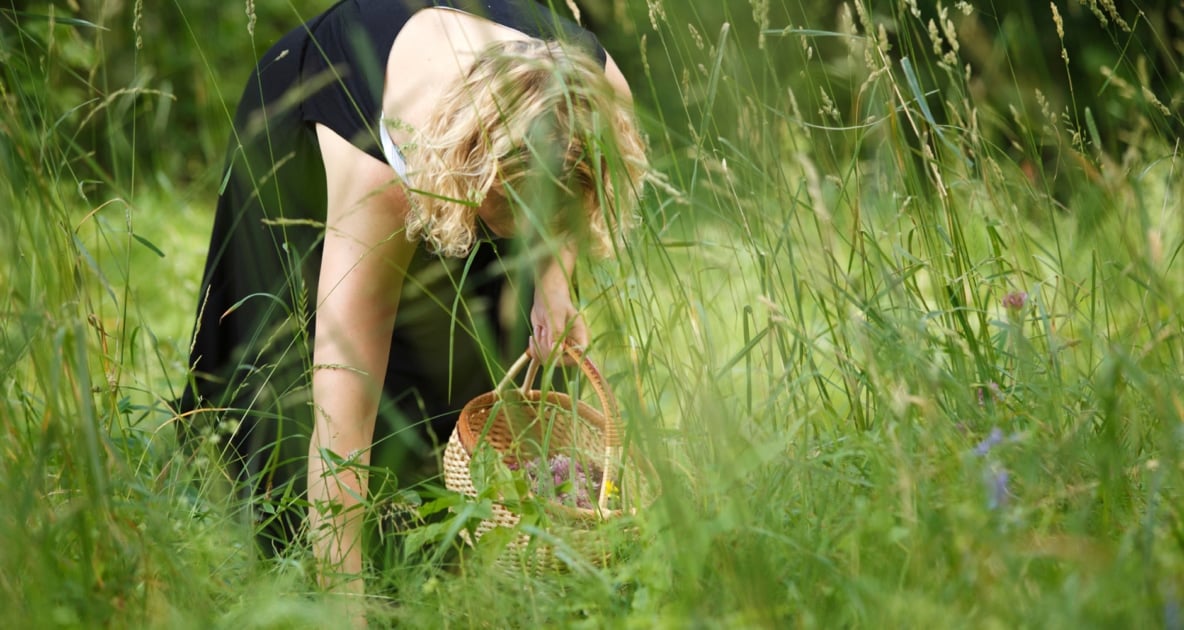
Here’s a list of the 20 most common wild edible plants in North America, according to Jeannine Tidwell, from Twin Eagles Wilderness School in Idaho:
20 Wild Edible Plants
Wild Onion
Allium bisceptrum (flowering)
Common Burdock
Arctium minus
Common Milkweed
Asclepias syriaca
Common Milkweed should be cooked before consuming. See how to prepare common milkweed here.
Common Dandelion
Taraxacum officinale
Farmers’ Almanac has lots of dandy dandelion recipes here!
Lambsquarters
Chenopodium album
Brambles
Rubus spp.
Currants and Gooseberries
Ribes spp.
Tips on foraging for wild gooseberries.
Blueberries and Cranberries
Vaccinium spp.
Sheep Sorrel
Rumex acetosella
Chickweed
Stellaria media
Read more about chickweed here.
Red Clover
Trifolium pretense
Garlic Mustard
Alliaria petiolata
Miner’s Lettuce
Claytonia perfoliata
Common Plantain
Plantago major
Stinging Nettle
Urtica dioica
Common Cattail
Typha latifolia
Wild Ginger
Asarum caudatum
Wild Strawberry
Fragaria virginiana
American Elderberry*
Sambucus Canadensis – *Cook before eating.
Wild Rose
Rosa sp.
IMPORTANT NOTE: The Farmers’ Almanac wants you to take every precaution before eating edible wild plants. Before you eat anything in the wild, it’s wise to get a qualified instructor to show you the plants. Be aware that you may be allergic to a plant that someone else can eat without harm. Be sure that any plants that you gather have not been sprayed with pesticides or herbicides.
This article was published by the Staff at FarmersAlmanac.com. Any questions? Contact us at [email protected].








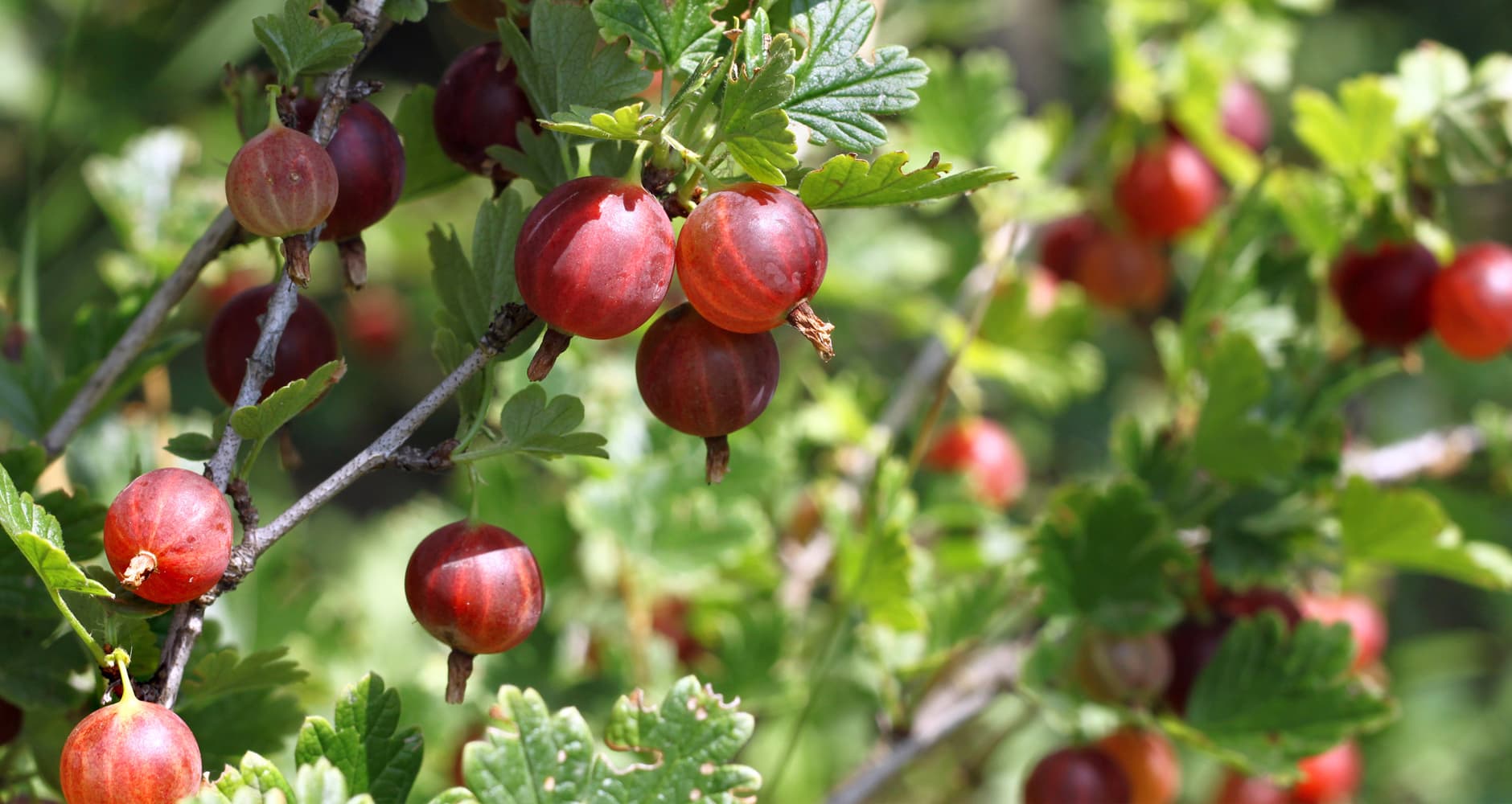


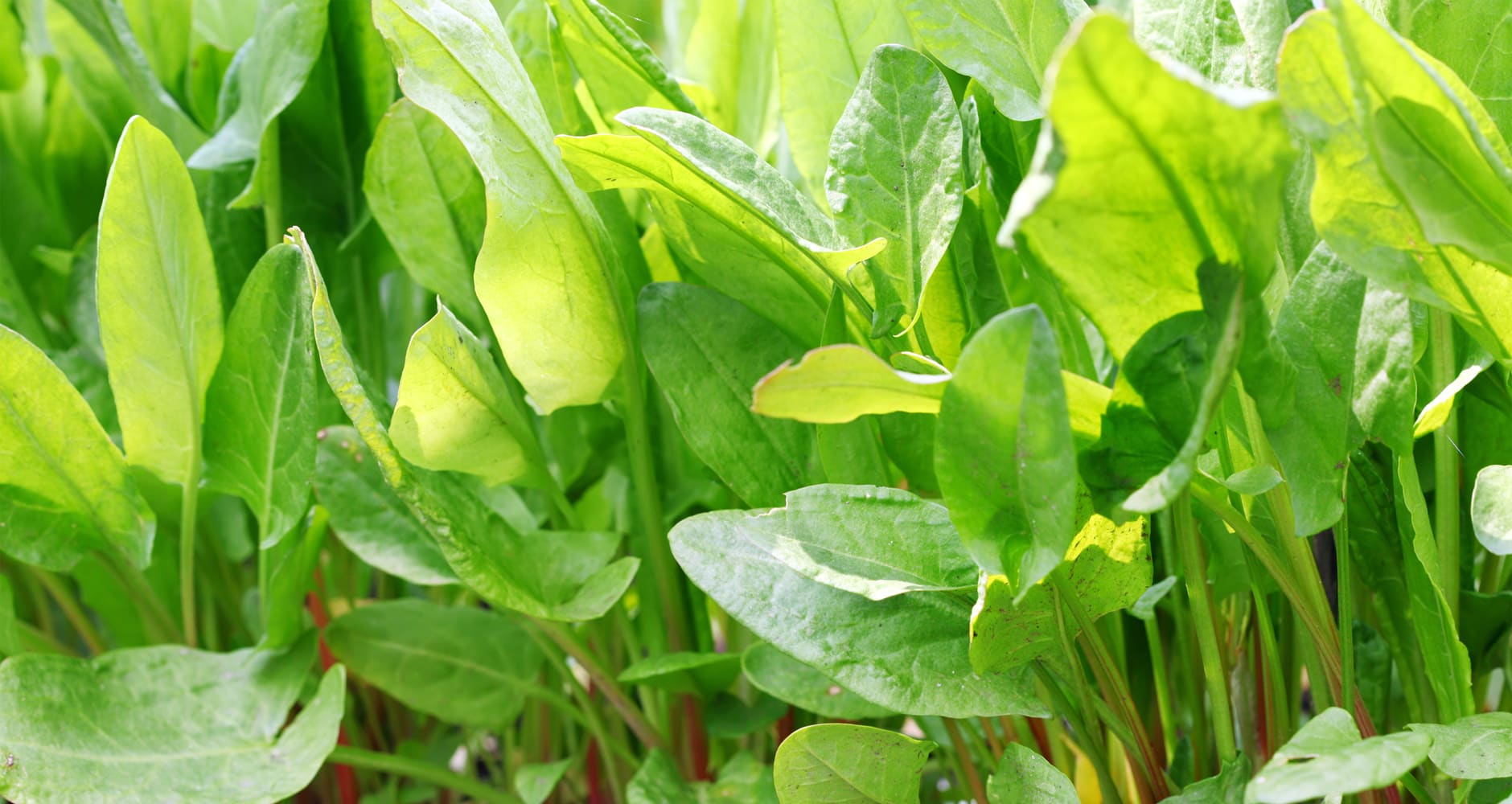
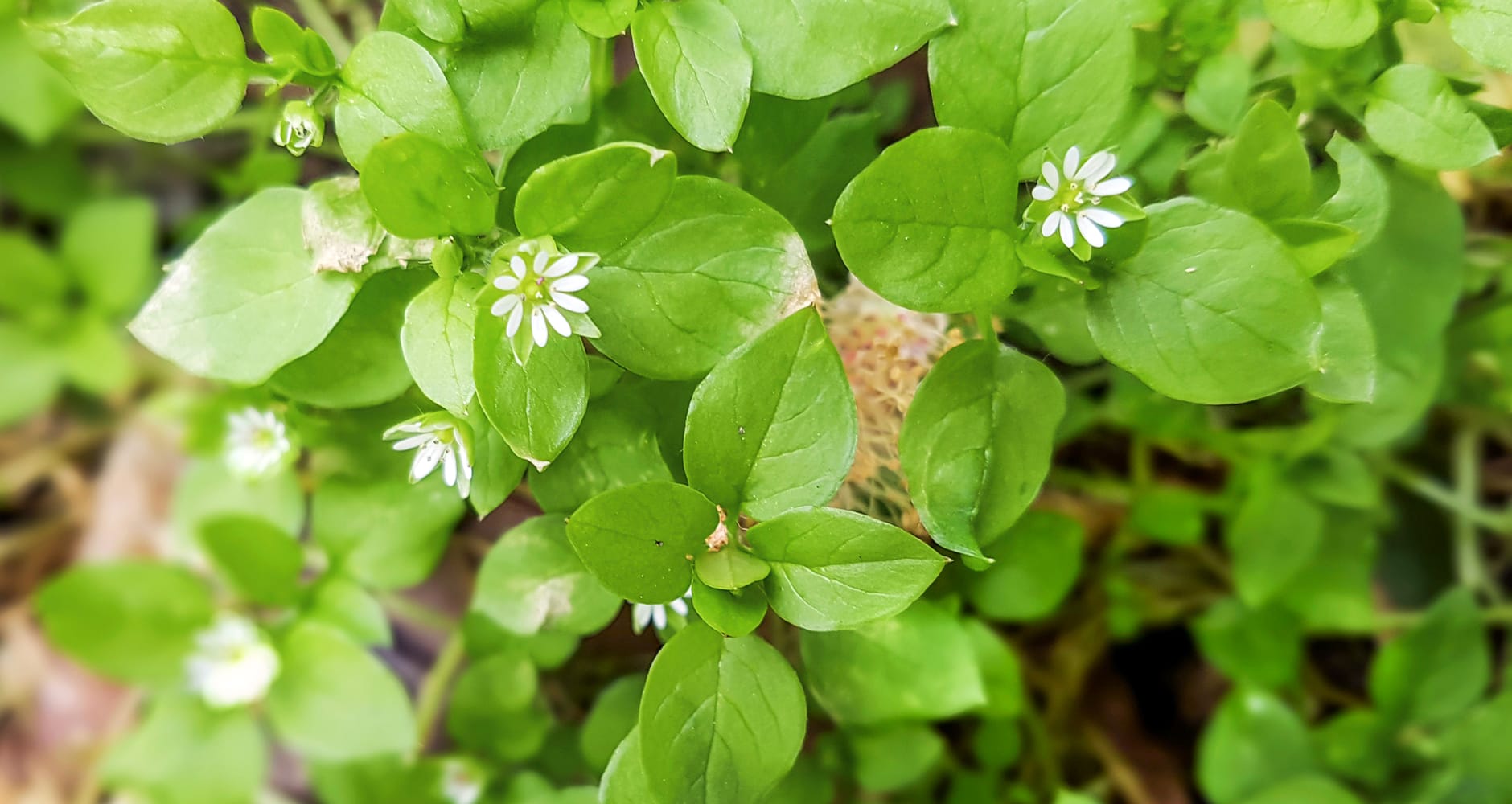











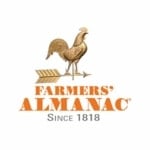




I hope I’m pronouncing this correctly but the old folks called it asphicedi… is my best pronunciation but I would much like to know the properties of this because I saw it in a jar it look like a molded root of some type and it was used as a medicine… can you explain ?
have eaten a lot of these plants when I was younger and lived on the farm. Stinging nettles make good cooked greens a little vinegar is great with it .. lots of wild berries everywhere raspberries; blue berries; cranberries . We canned a lot of them in a sugar syrup delicious on a cold winter day
When I was growing up, we ate a small wild plant my Mother called it suky. I don’s know if that was the correct name.
Hi Cledith, we know of a suky iris, but haven’t heard of a wild edible called that. We’ll investigate!
Is there a printed guide? If I’m lost in the woods my phone won’t last long.
I find it interesting that Milkweed is shown as in animals (cows and horses) the plant will kill the animal.
Hi Lois, common milkweed should be cooked before consuming. We have added this information to the post. http://tacticalintelligence.net/blog/how-to-eat-milkweed.htm
Bruv link isn’t working
In this list, is it just the berries or flower that are edible, or the leaves, too, or in some cases, just the leaves or the flower or berry?
I’m surprised I don’t see fiddle heads on this list.
Hi Linda, the reason you don’t see fiddleheads on this list is that fiddleheads really can’t be eaten raw. They have to be cooked to be eaten otherwise they are toxic. Raw fiddleheads won’t kill you but “Eating raw or undercooked fiddleheads can cause diarrhea, nausea, vomiting, abdominal cramps and headaches.” Our list is about weeds you can eat in the wild (as is, in the event you have a survival need).